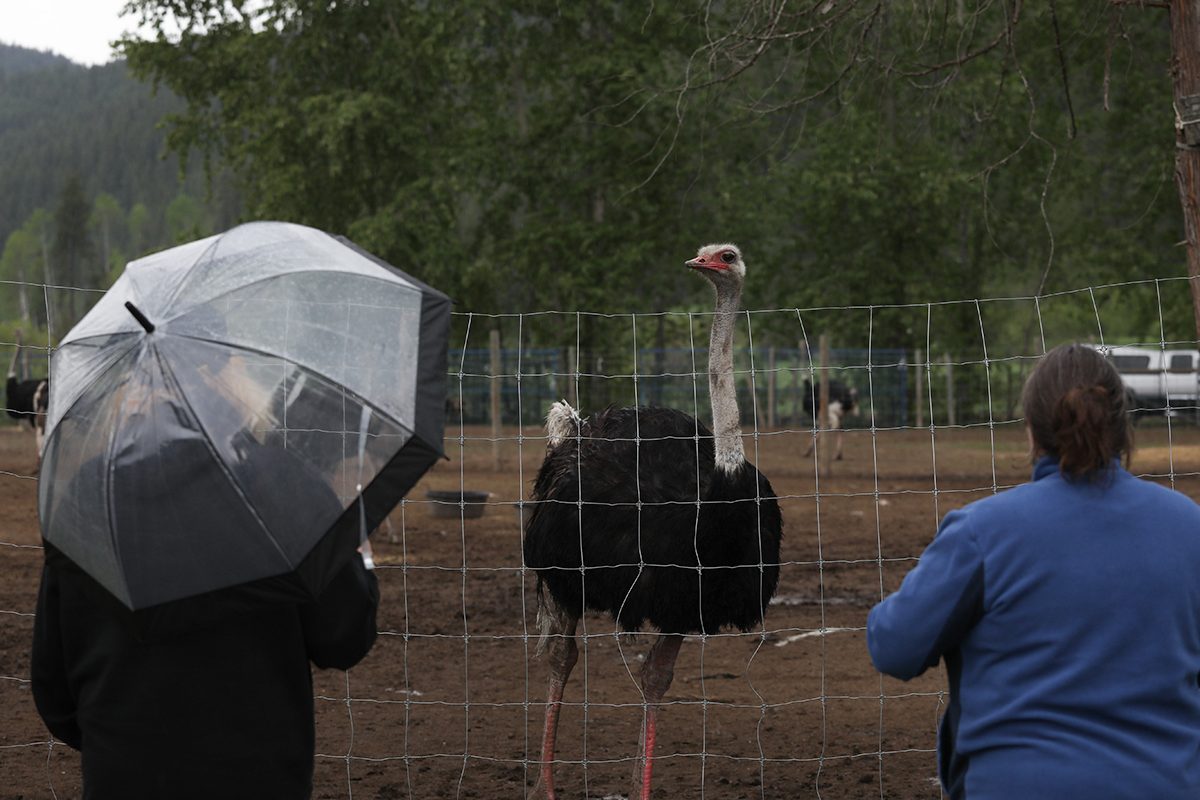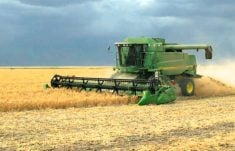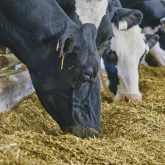Federal agriculture minister Gerry Ritz today announced the federal government will invest $3.7 million to the Soy 20-20 project for varieties of camelina sativa.
The investment is expected to go toward developing market ready varieties of camelina and increasing the value of the oil for industrial use.
Camelina is a non-food crop with renewable oils that can be used as industrial lubricants and polymers. The meal can be used as livestock feed.
“It (camelina) is great for farmers because it can survive on little water and needs less fertilizer than many other crops, putting more money in farmers’ pockets,” Ritz said at the University of Saskatchewan in Saskatoon. “As well it can be grown on marginal land making it a valuable rotational crop.”
Read Also

B.C. ostrich owner condemns violence near embattled farm
One of the owners of Universal Ostrich near Edgewood, B.C. condemned the alleged assault and arson against one of the farm’s neighbours said to have been committed by a protestor. The farm is in a legal battle with federal authorities over a cull order of the farm’s ostriches, which contracted avian influenza.
Linnaeus Plant Sciences, industry partner of Soy 20-20, is managing the project that has previously received funding from Agriculture Canada for the Agricultural Bioproducts and Innovation Program in 2007.
“After a fairly detailed process we settled on camelina and we feel this is the future of an industrial oilseed platform product,” said Linnaeus president and chief executive officer Jack Grushcow. “We want to transition these growers away from commodity products to add value to specialty. The fact that it’s a short season crop is huge but our goal with this support from the minister is to make products that will sell for $3 a pound and not for 30 cents a pound.”














